All rights are reserved under the copyright of Yasuyuki Ayukawa (2023)
I am visiting companies challenging the global market with Japanese skills, Japanese quality, and Japanese craftmanship based on the tradition. I don’t know if the world has overtaken Japan or if Japan has declined, but in recent years, it is said that Japan’s position in the world is declining in various parts such as economy, society, and the quality of life. But is it really so? Japan still has world-class technology, traditions, and culture, and the value of these has been recognized in other parts of the global market thanks to the efforts of many companies pioneering the market in many countries. Furthermore, there are also new companies taking on the challenge with products and technologies, with their confidence and pride, to the world. In this series, I would like to introduce how such companies are challenging the global market.
In these new series of issues,
I am introducing
the vital actions
of entrepreneurs
in Saga, Kyushu – west end of Japan.
The approach is, again,
how to
get into
overseas market.
This time
I would like to introduce
Mitsutake Brewery.
(https://www.kinpa.jp)
This time I visited Mitsutake Brewery in Kashima, Saga.
Mitsutake Brewery is located in the Hizen Hamayado area of Kashima, which has developed around the brewing industry since the Edo era.
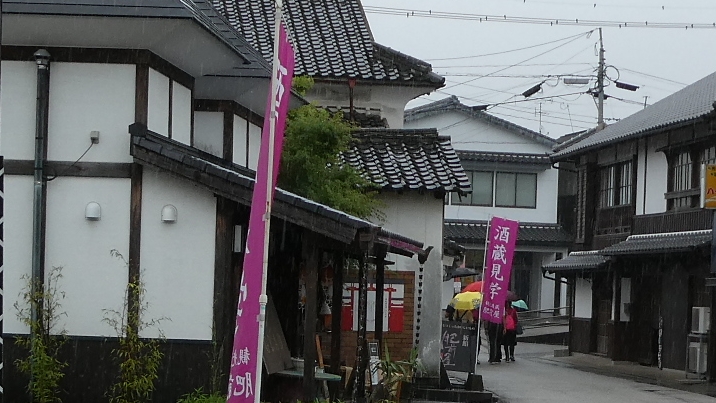
3 breweries still work on brewing sake on the street where the Mitsutake Brewery is located,
The traditional white-walled buildings have been beautifully preserved and have been selected as a national Important Preservation District for Groups of Traditional Buildings.
It is also known as Sake Brewery Street and is a popular place for sake brewery tours.
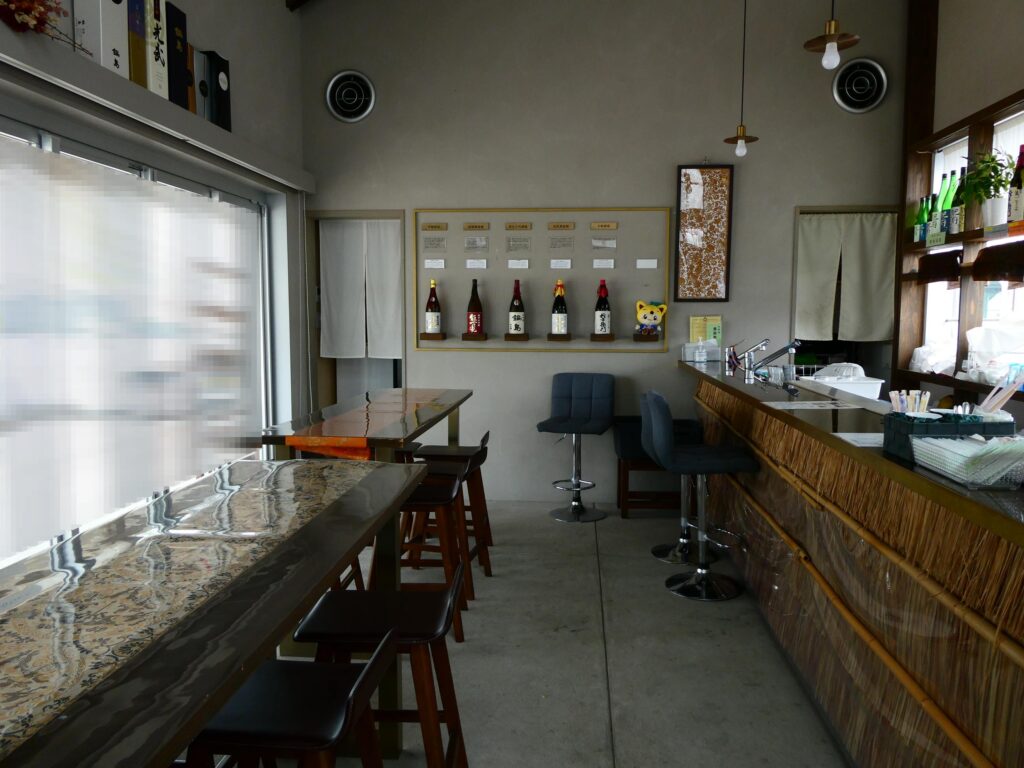
The neighbouring Hizenhama Station is very lovely
while it is small.
And a bar located in this station,
HAMABAR
is worth a look, featuring a wide range of Kashima’s local sakes.
Kashima is a well-known city in the tidal flats of the Ariake Sea, registered under the Ramsar Convention,
Yet, visiting Inari Shrine, is to be done in visiting Kashima city:
Yutoku Inari Shrine, located in this city, is good to me to pay a visit, one of Japan’s three most famous Inari shrines in the city.
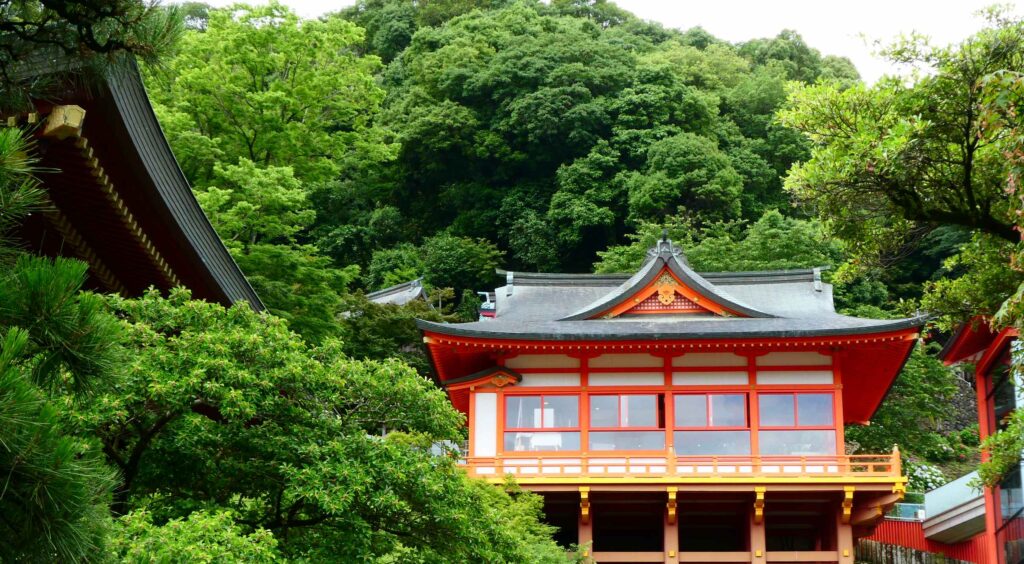
The main shrine is magnificent, as is the inner sanctuary,
a 20-minute walk up the mountain.
Besides, the well-maintained Japanese garden is also beautiful:
the hydrangeas were in beautiful bloom when I visited, end of May.

And, above all, the people of Kashima are very warm and welcoming to visitors, which is something I, who have lived in the big city for a long time, was very impressed with.
I spoke to Mr Kunihiro Mitsutake, the managing director, who is also responsible for overseas business.
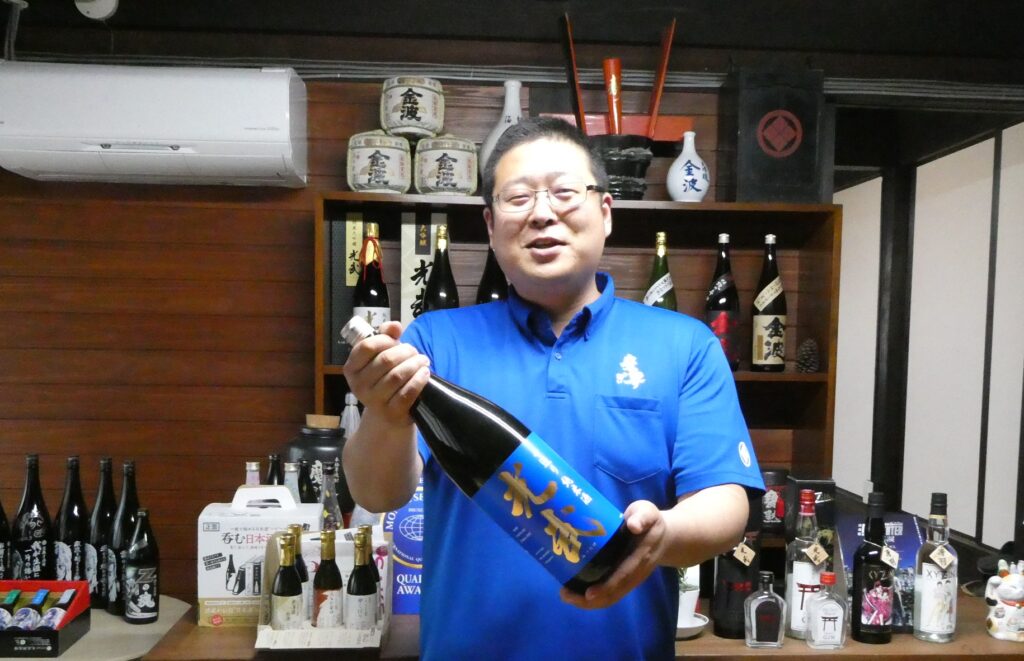
Since the COVID-19’s infestation, commercial communication has been lost with Peruvian and Brazilian distributors. But now, such special period is over, and demand has finally returned in other countries, and Kunihiro-san is working energetically, making overseas business trips three times a month to 17 countries around the world.
I have worked with Mr Kunihiro Mitsutake before on an overseas business trip to Singapore, and seen him energetically visiting locally-owned Japanese restaurants during their opening hours.
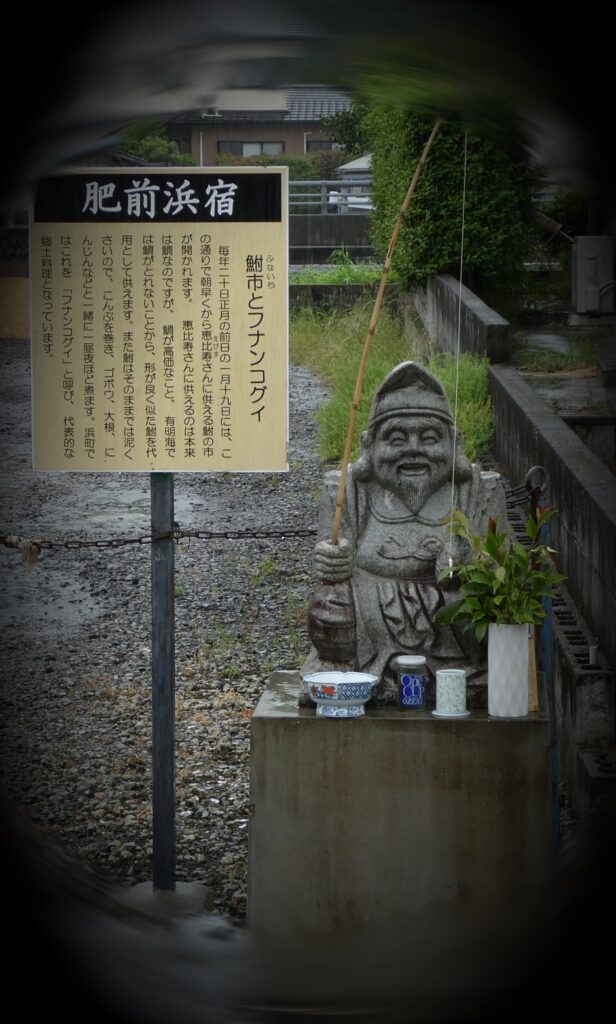
What historical path did Mitsutake Brewery take in their own brewing?
Mitsutake Brewery was founded as a sake brewery in 1688, the first year of the Genroku era (1688).
The Mitsutake family was originally a shipping wholesaler, in other words, a family that ran a business in coast shipping.
The Saga Clan and its branch, the Kashima Clan (both headed by the Nabeshima family), ordered the Mitsutake family to start brewing sake.
This was a measure to promote industry and to take countermeasure against rice surpluses.
This was a policy of the Saga and Kashima clans,
Mitsutake Brewery Co, as well as other 2 breweries,
Mado-No-Ume Brewery (currently Saga Brewery, Saga City),
Amabuki Brewery (Miyaki town),.
was among the first three breweries to be ordered to produce sake.
Saga was originally a place where rice was cultivated on a large scale, as can be seen from the Yoshinokaseri ruins from the Yayoi period, and good quality rice is abundantly available.
The Mt Sefuri water system in the central part of the prefecture and the Mt Taradake water system in the western part of the prefecture provide richly soft, high-quality water, making them suitable for sake brewing.
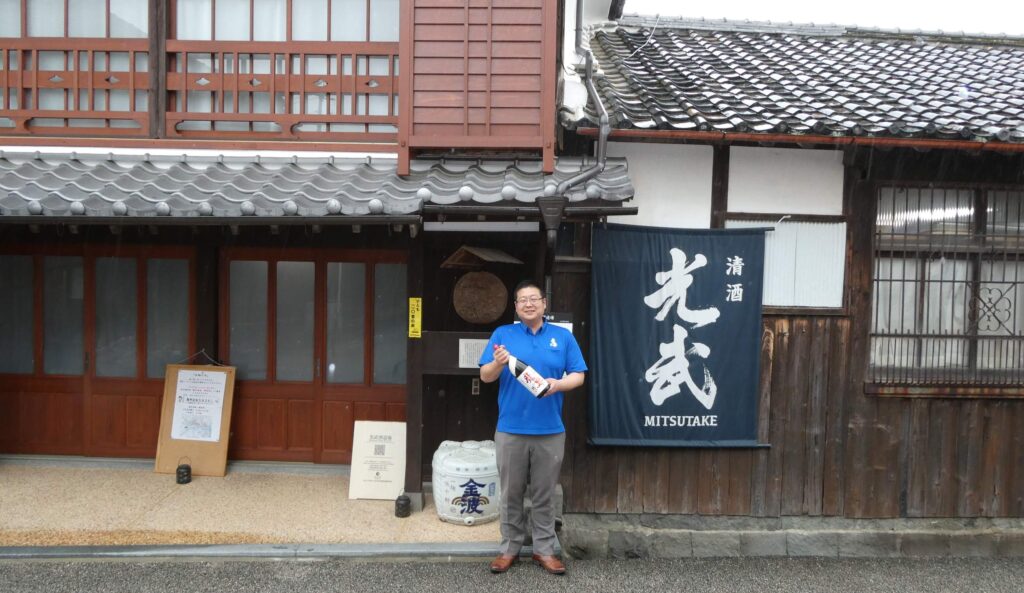
It is likely that the Saga clan took notice of this area at the time, which was concerned with industrial promotion, economic development and surplus rice.
With this history, Saga, particularly the city of Kashima, became one of the most important sake-producing areas in Kyushu. Mitsutake Sake Brewery was a pioneer of sake brewing in Kashima.
While the origins of Mitsutake Sake Brewery are such a story, it was 25 years ago that the company reached a turning point as a sake brewer.
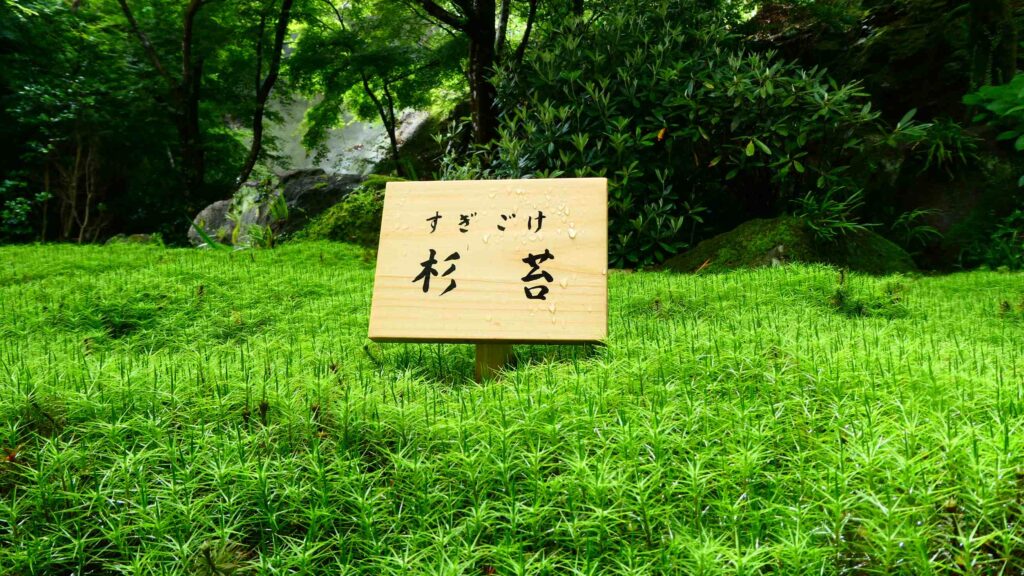
It was the acquisition of a certain production technology that led to the subsequent leap forward, especially overseas.
What was this manufacturing technology? And how did it lead to overseas expansion?
I will talk about this in the next issue.

All rights are reserved under the copyright of Yasuyuki Ayukawa (2023)
